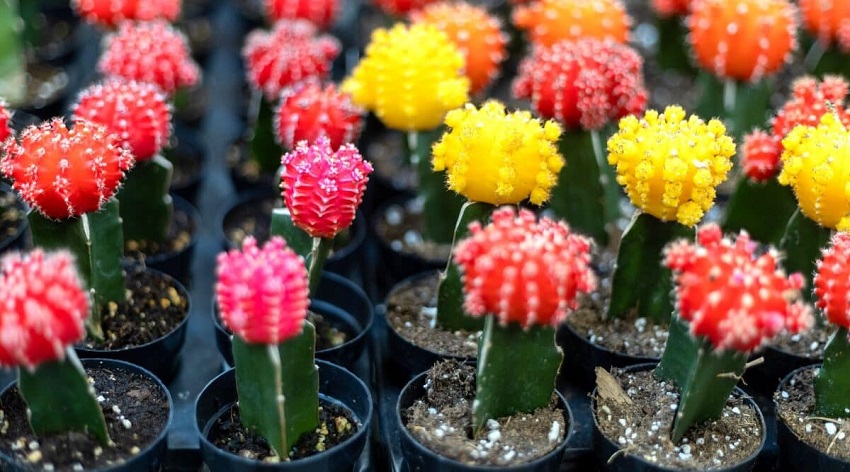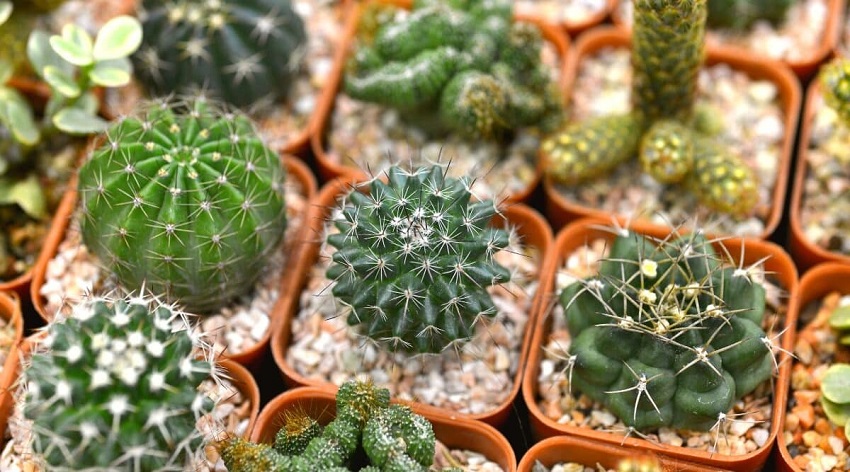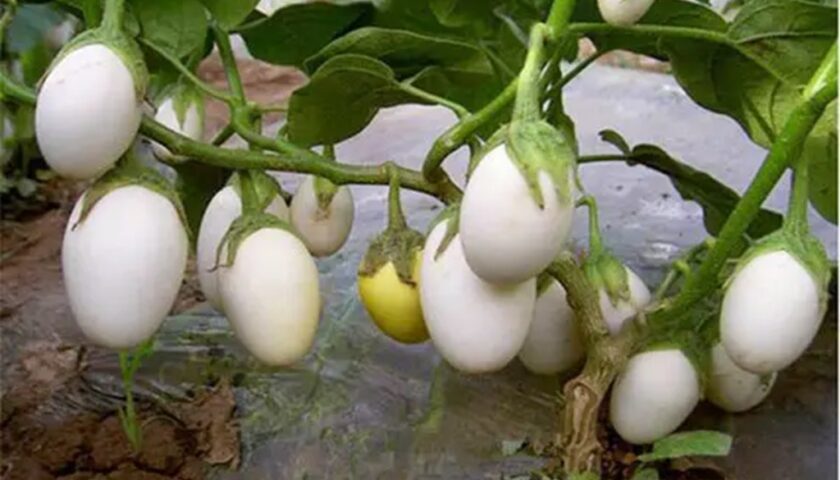Do you ever wonder why cacti are so unique and intriguing? These fascinating plants have captured the attention of botanists, nature enthusiasts, and even interior designers for centuries. In this article, we will delve into the reasons why cacti are special and explore their remarkable adaptations, diversity, and practical uses. So, grab a cup of tea, sit back, and let’s explore the world of these extraordinary desert plants. The content is submitted by https://realorigin.org/
Introduction to Cacti
Cacti are often used as cactus centerpieces in events and weddings due to their unique and exotic appearance. Members of the family Cactaceae, these succulent plants are native to the Americas and known for their ability to thrive in arid and desert environments. These plants have evolved various adaptations that allow them to conserve water and endure extreme conditions, making them true survivors of the plant kingdom.
Unique Water Storage Adaptations
One of the most remarkable features of cacti is their ability to store water. Unlike most plants, cacti have thick, fleshy stems and leaves that act as natural reservoirs. These specialized tissues, known as succulents, allow cacti to store large amounts of water during rainy periods and utilize it during prolonged droughts. This water storage adaptation enables cacti to survive in harsh desert climates where water is scarce.
Spines and Thorns for Protection
Cacti are well-known for their spines and thorns, which serve as a defense mechanism against herbivores and excessive water loss. The spines help to reduce the surface area of the plant exposed to the sun, minimizing water loss through transpiration. Additionally, they deter animals from grazing on the cacti’s succulent tissues. The diversity of cactus spines and thorns is astounding, ranging from long, sharp needles to tiny, hair-like structures, each suited for different ecological purposes.
Diverse Forms and Sizes
Cacti exhibit a wide range of shapes, sizes, and growth habits. Some cacti grow as small, globular plants close to the ground, while others can reach towering heights with branching arms. This incredible diversity is a result of adaptation to different environmental conditions and habitats. For example, the iconic saguaro cactus (Carnegiea gigantea) can grow up to 40 feet tall and has a unique, columnar shape that provides structural support in windy desert environments.
Beautiful and Colorful Blooms
Contrary to popular belief, cacti are not just green and thorny; they also produce stunning flowers. These flowers, often in vibrant hues of pink, red, yellow, and orange, attract pollinators such as bees, birds, and bats. Cacti have developed intricate relationships with their pollinators, and some even have specific flower shapes and sizes that match the beaks or mouthparts of their respective pollinators. The blossoming of cacti is a sight to behold and adds a touch of natural beauty to the harsh desert landscapes.
Practical Uses of Cacti
Beyond their aesthetic appeal, cacti have been utilized by humans for various practical purposes. In regions where water is scarce, cacti have served as a crucial source of food and hydration. Certain species, such as the prickly pear cactus (Opuntia spp.), produce edible fruits and pads that are rich in nutrients. Additionally, the spines and fibers of certain cacti have been used by indigenous cultures for making tools, clothing, and even construction materials.
Cacti in Contemporary Culture
In recent years, cacti have gained significant popularity as houseplants and decorative elements. Their low-maintenance nature, striking appearances, and ability to survive in indoor environments make them ideal choices for modern living spaces. Cacti have become trendy and sought-after plants, with collectors and enthusiasts constantly searching for rare and unique varieties to add to their collections.
In conclusion, cacti are special plants with extraordinary adaptations that enable them to survive in harsh desert environments. Their water storage capabilities, defensive spines, diverse forms, and stunning blooms make them truly unique. Moreover, cacti have practical uses and have found their way into contemporary culture as popular houseplants. So, the next time you encounter a cactus, take a moment to appreciate its remarkable features and the resilience it represents in the face of adversity.
FAQs (Frequently Asked Questions)
Q: Are all cacti succulents?
A: Yes, all cacti are succulents, but not all succulents are cacti. Cacti belong to the family Cactaceae and have distinct characteristics that set them apart from other succulent plants.
Q: How often should I water my cactus?
A: The watering frequency depends on various factors such as the type of cactus, environmental conditions, and the season. It’s best to water cacti sparingly and allow the soil to dry out between watering to prevent root rot.
Q: Can I grow cacti indoors?
A: Yes, many cacti can thrive indoors if provided with adequate sunlight, well-draining soil, and proper care. Choose cactus species that are suitable for indoor cultivation and mimic their natural habitat as closely as possible.
Q: Are cacti endangered?
A: While some cactus species are endangered due to habitat loss and illegal collection, many cacti are still abundant in their native habitats. It’s important to promote conservation efforts and ensure sustainable practices when acquiring cacti.
Q: Do cacti need fertilizer?
A: Cacti generally have low nutrient requirements and can thrive in nutrient-poor soils. However, occasional fertilization during the growing season can promote healthier growth. Use a diluted, specialized cactus fertilizer according to the manufacturer’s instructions.




